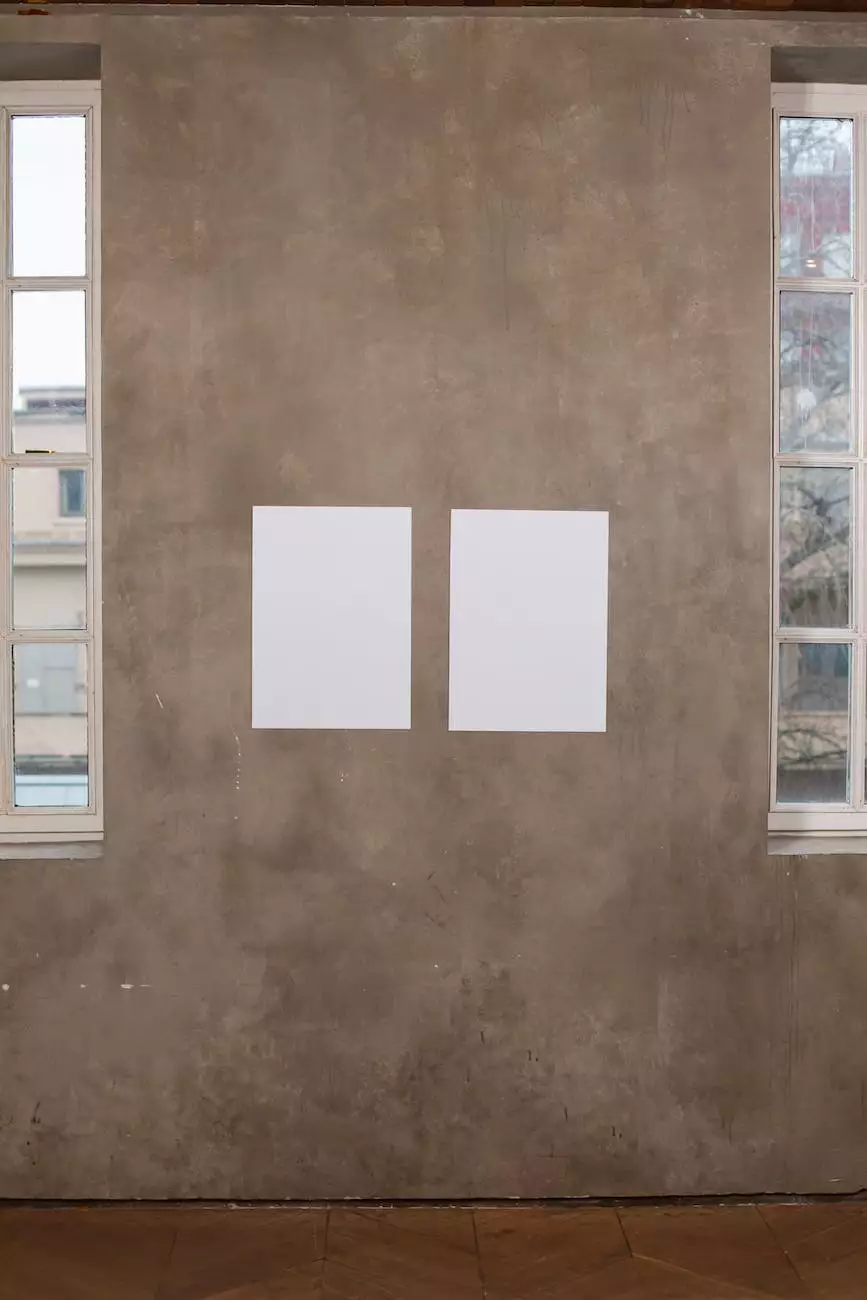How To Identify Different House Styles

Introduction
Welcome to Green Structure Design Build, your go-to resource for all things related to architectural styles and real estate. In this comprehensive guide, we'll walk you through the nuances of different house styles, providing you with the knowledge and tools to easily identify and understand them. Whether you're a homeowner, real estate enthusiast, or an aspiring architect, this guide will help you confidently recognize various architectural styles.
Why Identify House Styles?
Understanding house styles is essential for several reasons. Firstly, it allows you to appreciate and understand the architectural history and development of different regions. Moreover, recognizing the specific features and elements of a house style helps potential homebuyers in making informed decisions and finding their dream homes. Real estate professionals, too, can benefit from enhanced knowledge of house styles, providing an added advantage in negotiations and effectively marketing properties.
The Different House Styles
1. Victorian Style
With its ornate details and distinctive charm, Victorian style houses are easily recognizable. This architectural style emerged during the reign of Queen Victoria and is characterized by asymmetrical shapes, steeply pitched roofs, and intricate decorative elements such as spindle work, stained glass, and gingerbread trim.
2. Craftsman Style
The Craftsman style, popularized in the early 20th century, emphasizes simplicity, natural materials, and craftsmanship. These houses typically feature low-pitched roofs, exposed rafters, large front porches, and an emphasis on handcrafted details. Craftsman style homes exude a warm and inviting atmosphere.
3. Colonial Revival Style
Inspired by American colonial architecture, Colonial Revival style houses became popular in the late 19th and early 20th centuries. These homes often exhibit symmetrical facades, gabled roofs, and classical columns. The incorporation of historical elements in a modern context provides a sense of timeless elegance.
4. Mediterranean Revival Style
The Mediterranean Revival style emerged in the early 20th century, drawing inspiration from the architectural designs of the Mediterranean region. Characterized by red tile roofs, stucco walls, arched windows, and wrought iron details, these homes evoke a sense of Mediterranean charm and tranquility, perfect for coastal or warmer climates.
5. Tudor Style
Tudor style houses originated in England during the late medieval period and gained popularity in the early 20th century. These homes are recognized for their steeply pitched roofs, decorative half-timbering, and tall, narrow windows. Tudor style houses often feature elaborate brick or stone exteriors, exuding a timeless and romantic appeal.
Conclusion
Having a foundational understanding of different house styles allows you to appreciate the historical and architectural significance of various homes. Through this guide, we hope to have provided you with valuable insights into identifying and understanding different architectural styles. Remember, Green Structure Design Build is your trusted partner in the real estate industry, offering top-notch services to help you find your perfect home. Contact us today for all your real estate needs!
© 2022 Green Structure Design Build | Business and Consumer Services - Real Estate










